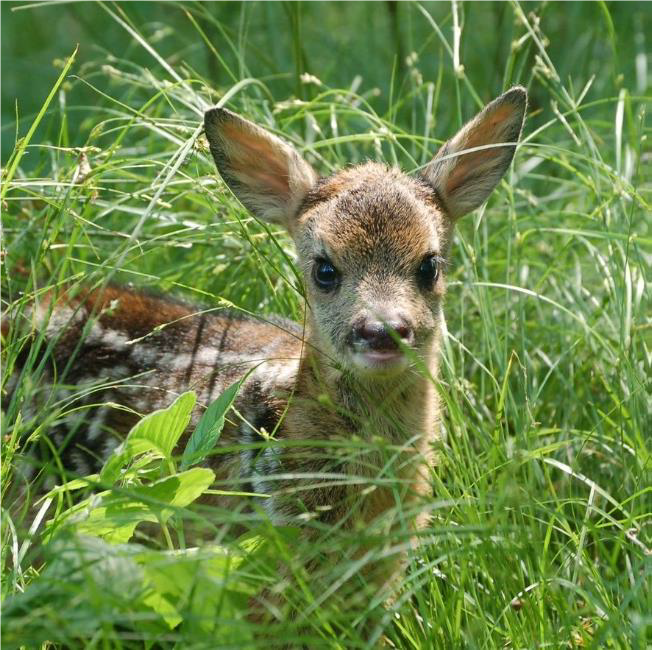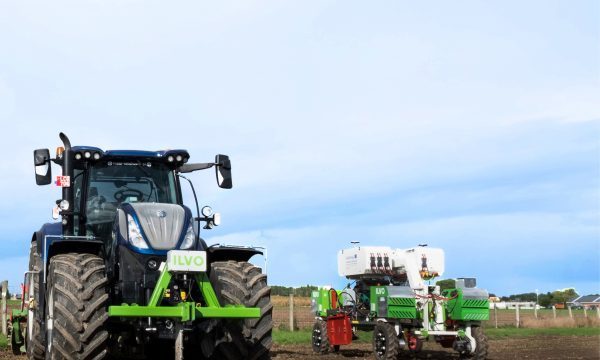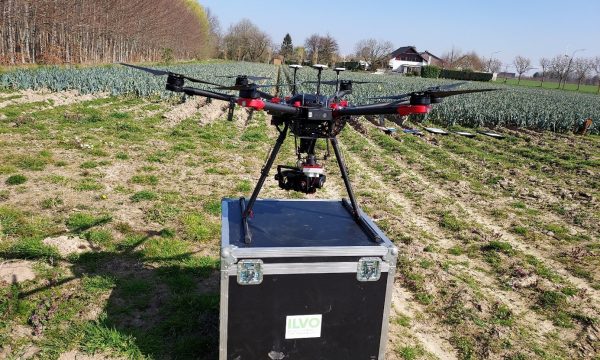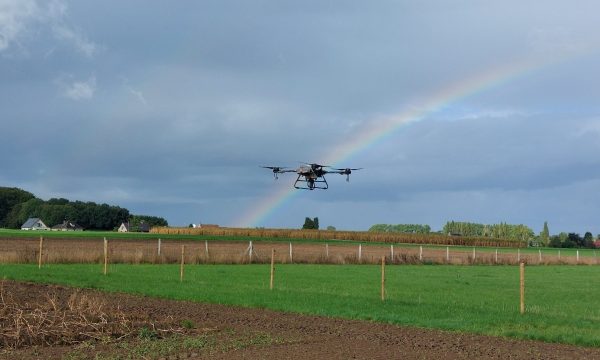General Can mowing casualties be prevented using drones?

Can drones, sensors and artificial intelligence be used as effective technology to detect wildlife before a mowing activity and thus avoid casualties? This is the question the Agency for Nature and Forest (ANB) and Hubertus Vereniging Vlaanderen (HVV) wanted to investigate. Young roe deer, hares and ground-breeding field and meadow birds are extremely vulnerable during the reproduction and breeding periods and can easily become victims of mowing activities during those times.
After an initial pilot project in 2021, ANB wrote a follow-up contract. This would include a study to identify which artificial intelligence-based sensors and image processing exist and are applicable in detecting and preventing mowing casualties. The study would include (1) the regulations on the use of drones, (2) the best available techniques for detecting wildlife via drones, (3) the best practices from Wallonia and abroad for detecting wildlife via drones, (4) a literature review on the coupling of previous techniques with artificial intelligence or other forms of image processing, and (5) a summary of usable techniques in Flanders with regard to cost-efficiency.
Ecological consultancy office Landmax (part of United Experts Group) and ILVO (Living Lab Agrifood Technology) worked together to carry out this study. The report shows that drones have great potential to detect wildlife and thus reduce mowing casualties. This is not only good for preventing animal suffering, but also helps wildlife populations themselves and lowers the risk of botulinum toxin in livestock feed. Indeed, if carcasses go undetected in silage, bacteria such as Clostridium botulinum produce this toxin which is lethal to cows.
The report (in Dutch) can be accessed here.


